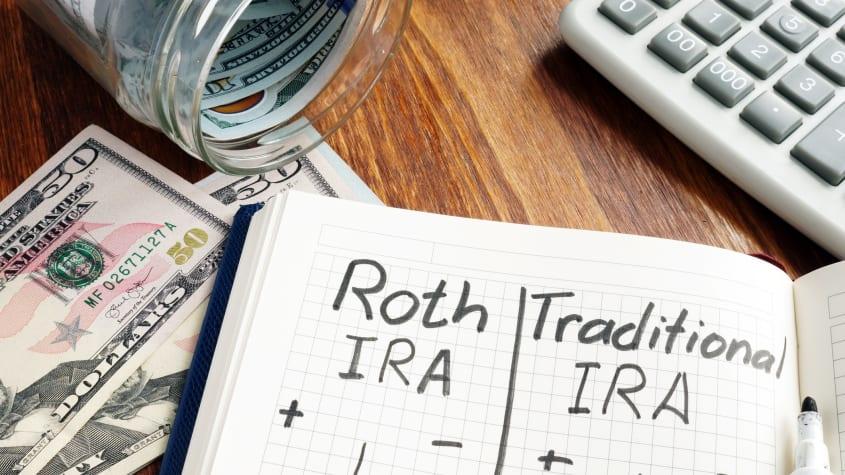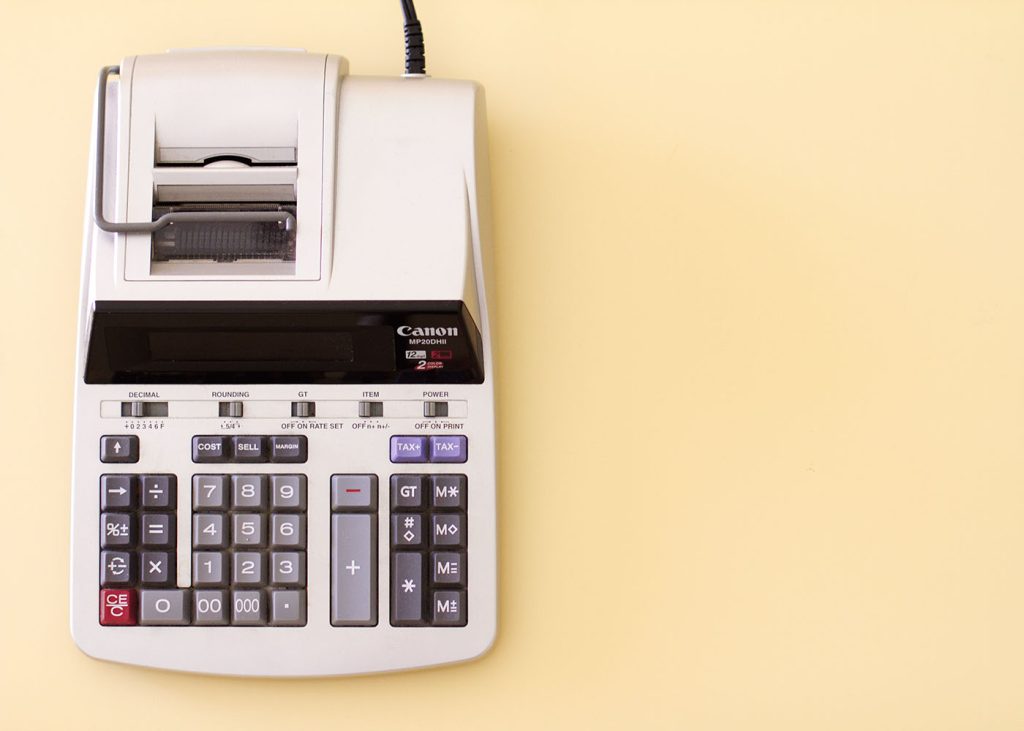Did you know you may be able to take your 401(k), 403(b), or 457 plan and roll it into another type of retirement account while you are still working? Let’s look at how these rollovers can happen and the pros and cons of making them.
To start, some basics. Distributions from 401(k) plans and most other employer-sponsored retirement plans are taxed as ordinary income, and if you take one before age 59½, a 10% federal income tax penalty commonly applies.1 In addition, 20% of the withdrawn amount is withheld for tax purposes. Generally, once you reach age 72, you must begin taking required minimum distributions.
Now, the fine print. You may be able to take a distribution from your qualifying, employer-sponsored retirement plan while still working, via an in-service non-hardship withdrawal.2 This is done by arranging a direct rollover of these assets into an individual retirement account (IRA) to potentially avoid both the 10% penalty and the 20% tax withholding in the process. It’s important to note that this option is only available if allowed by your employer.
It would be smart to speak to a financial professional before making any changes. Understanding your options and how your choices will impact your future taxes will promote better overall financial health as you approach your retirement.
Generally, distributions from traditional IRAs must begin once you reach age 72. The money distributed to you is taxed as ordinary income. When such distributions are taken before age 59½, they may be subject to a 10% federal income tax penalty.
The criteria for making in-service non-hardship withdrawals can vary. Some workplace retirement plans simply prohibit them. Others permit them when you’ve been on the job for at least five years when assets in your plan have accumulated for at least two years, or you are 100% vested in your account.2
Weigh the pros and cons. Who knows if your reinvested assets will perform better in an IRA than they did in your company’s retirement plan? Only time will tell. Right now, you can put up to $7,000 into an IRA, annually, if you are 50 or older.3 If your employer matches your retirement plan contributions, getting out of the plan may mean losing future matches.
- https://www.irs.gov/retirement-plans/plan-participant-employee/retirement-topics-required-minimum-distributions-rmds
- https://www.irs.gov/retirement-plans/plan-participant-employee/rollovers-of-retirement-plan-and-ira-distributions
- https://www.irs.gov/retirement-plans/plan-participant-employee/retirement-topics-ira-contribution-limits




